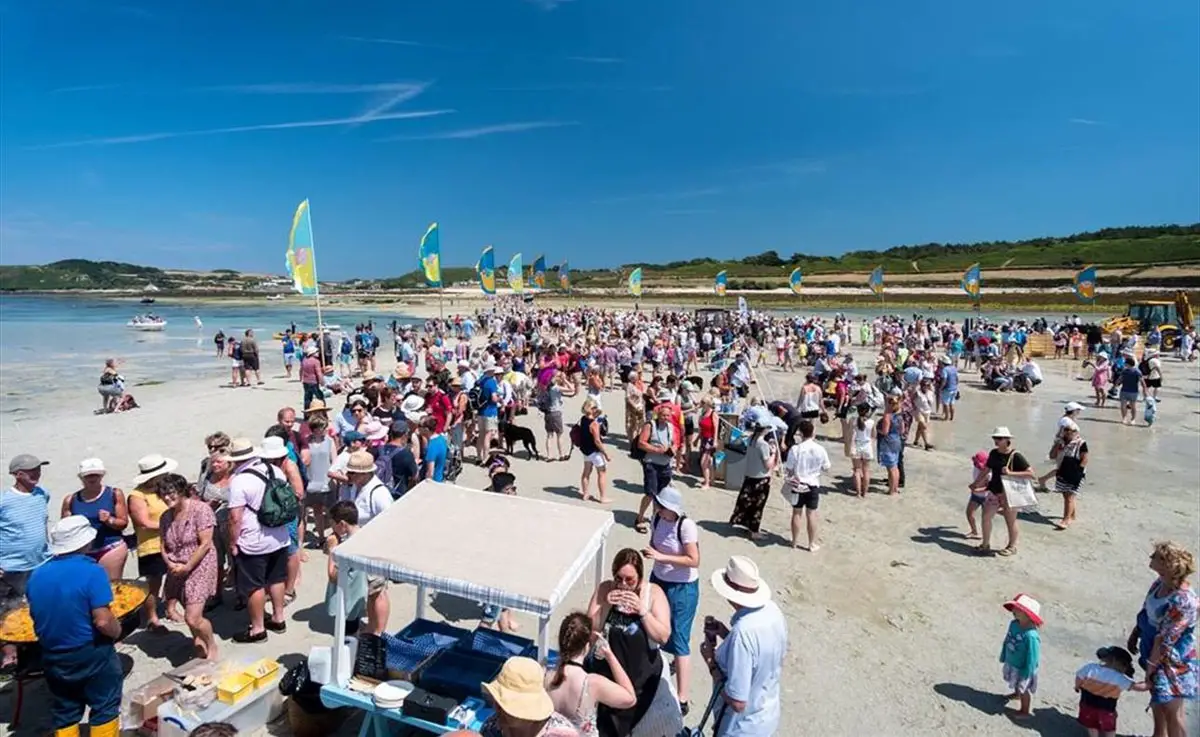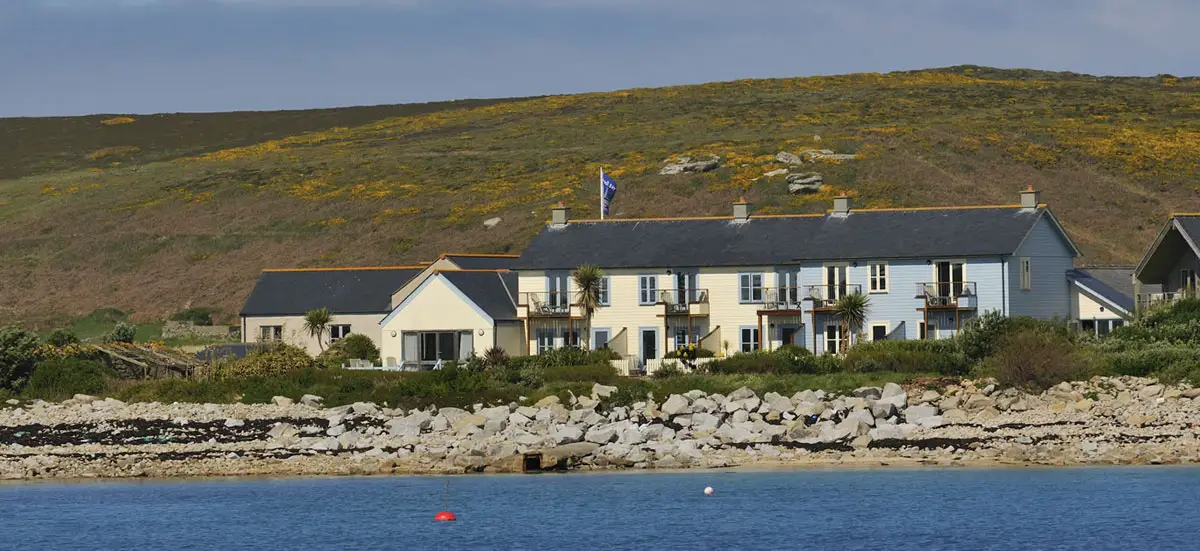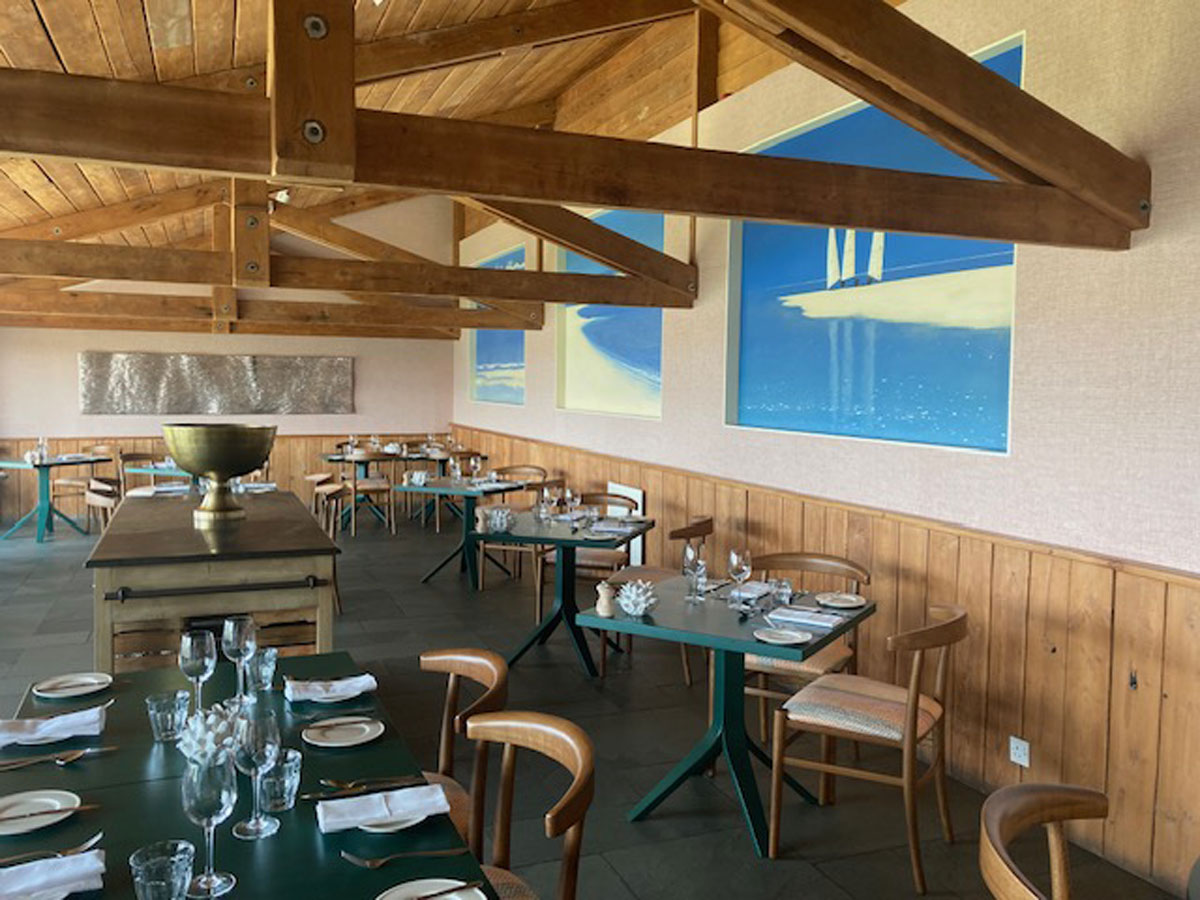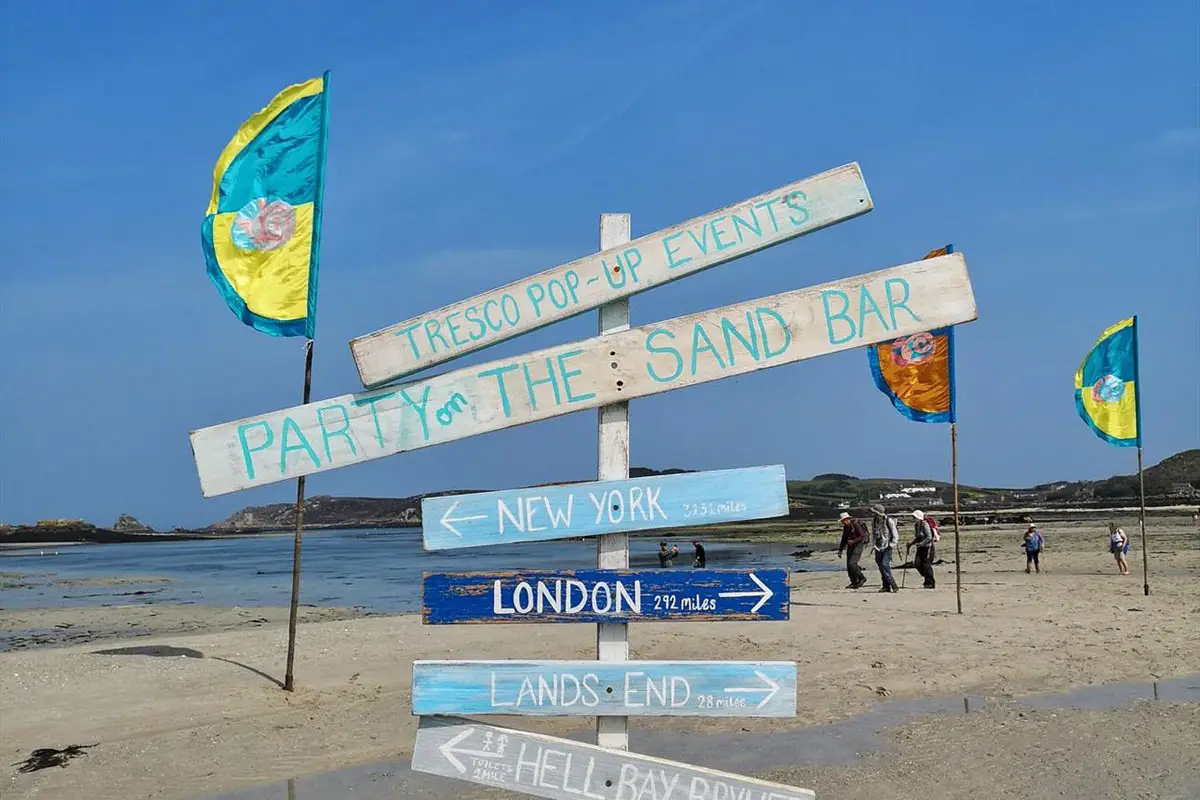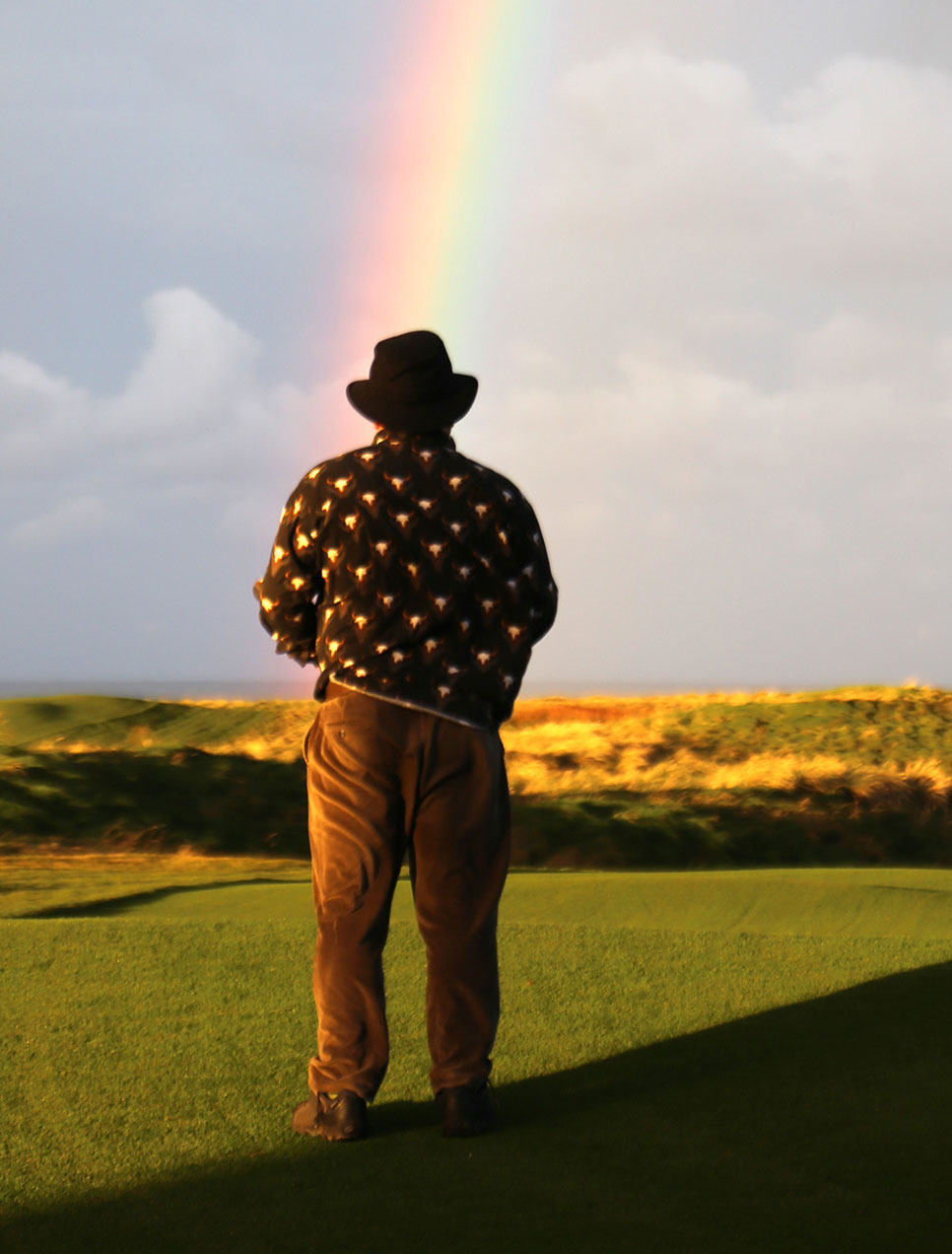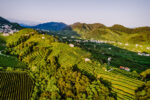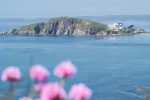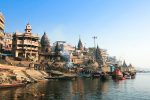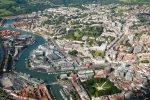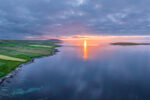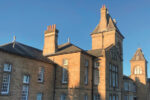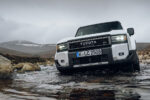The Isles of Scilly & The Hell Bay Hotel – Travel Review

By Kevin Pilley, April 2025
The Isles of Scilly have many attractions, some better known than others: puffins, dwarf pansies, granny’s toenails and the world’s smallest museum—in a repurposed red telephone box—as well as croquet on the sea floor.
You haven’t lived until you have turned the Atlantic seabed into Hurlingham and, after you’ve done your peels, cannons and backward balls, eaten crab quiche and lobster burgers while standing 500 metres out at sea, raising your glass of Doom Bar beer or Tarquin’s Hell Bay Gin to toast two coastlines, while indulging in a unique Scillonian experience—tides and bladderwrack permitting.
The Isles of Scilly, a collection of 145 low-lying islands 28 miles southwest of Land’s End, stage Low Tide pop-up food festivals and farmers’ markets when the tide goes out between the islands of Tresco and Bryher—two of the five inhabited islands.
There are two Low Tide events every year: one in early April and one in September. The event is held on a sandbar, usually under 20 feet of seawater. As well as live music and seafood, there are ‘sand bars’ serving spirits like Westward Farm gin from St Agnes (the southernmost point of Britain), as well as stalls selling local artisanal fudge, cakes and bakes, and ice cream from Troytown Farm.
“Best beaches”
Afterwards, you should walk over the sand flats (with trousers rolled up and shoes in hand) to Tresco, with its famous Abbey Gardens. Try and book a tour with head gardener Andrew Lawson. Don’t miss Pentle Bay, one of the best beaches in the British Isles, before returning by boat taxi to Bryher.
At low water, you land at the quay built by Anneka Rice in her 1980s TV show Challenge Anneka. One of the first things you see is an honesty box selling local succulents in the form of inedible and not very frost-hardy “cliff pasties”, fleshy evergreens and potted Aeonium houseplants.
On King Charles III’s Duchy of Cornwall land, you can buy the Duchess of Nuremburg for £10.
At 330 acres, Bryher is the smallest of the inhabited islands and boasts the best luxury hotel in the Scillonian archipelago and perhaps the best seaside hotel in the whole of the British Isles. Maybe, anywhere. It’s out on its own.
“Wildlife lagoon”
The Hell Bay Hotel is named after a notorious shipwrecking site. It has a private art collection, 25 suites, a spa, pool, seasonal pitch ‘n’ putt course and acclaimed chef Richard Kearsley, whose restaurant is decorated with seascapes by local artist Richard Pearce, whose studio is in front of the hotel on Great Bar beach. Rooms overlook a lagoon and afford views of the Bishop Rock lighthouse on the horizon.
The blue-and-white clapboard hotel, which some think is “very New England” and some say is “Caribbean meets California”, suits the Isles’ unique Britain-on-the-Gulf-Stream-influenced-by-the-North-Atlantic-Drift location.
It overlooks its own wildlife lagoon or Great Pool (grab the two chairs on the Sunset Deck early) and looks out towards the 1858–1992 Bishop Lighthouse on the horizon, Droppy Nose Point, the Gweal Hill headland, the Northern or Norrard rocks Illiswilgig, miscellaneous other skerries, and the rollers and white horses of the Atlantic—and what was once considered the end of the world.
The hotel has its own private art collection collected by owner Robert Dorrien-Smith, a fifth-generation relative of Augustus Smith, who first leased the Scilly Isles from the Duchy of Cornwall in 1834, and semi-seriously took the title Lord Protector.
Built around a courtyard, the hotel’s 25 suites (the Emperor and The Empress being the high-end) all have Bramley toiletries, Lloyd Loom furniture, Lucy-Tania soft furnishings and Egyptian cotton beds, to please those who like to turn over their hotel room to check its makers. It is probably the most strenuous exertion staying at Hell Bay affords—along with the pool, the seasonal pitch ‘n’ putt course, and the Treatment Shed spa, with its local, St Martin’s-made “Phoenix & Providence” seaweed-forward unguents.
“Local naturalist”
If you prefer to eat at a table rather than on the sea floor, chef Richard Kearsley’s seafood-dominated cuisine (from sardines and scallops to John Dory to bream) is served in the hotel’s 2-AA-Rosette restaurant, decorated by seascapes by Richard Pearce, whose beachfront studio is in front of the hotel.
One-and-a-half miles long by half a mile wide, Bryher doesn’t take long to explore, and it’s best done with local naturalist and former island bird recorder, friend of Tony Soper, Will Wagstaff, who will get you down on your hands and knees to introduce you to the local pansies (a viola only found on Scilly) and show you some granny’s toenails (limpets).
The local naturalist is equally fond of solar-powered slugs, orange peel and boiled sweets, cliff pasties and succulent Scilly wall cabbages—and is eager to show off his orange bird feet (a costal plant).
On Bryher, he takes you past New Zealand and South African crop field windbreaks, tamarisk trees (once used for lobster pots), abandoned daffodil farms and gig sheds. Every April, along with its walking festival, the Isles host the World Gig Racing regatta. Once, there were over 200 gig pilots on the islands.
He points out the Bermuda buttercups, Hottentot figs, Pride of Madeira and three-cornered leeks, which look like white bluebells. He also expertly leads you to the only public loo on Bryher and recommends a comfort stop, because “there are a lot of people on Bryher with binoculars.”
His tours don’t take in the island’s museum in a telephone box.
“The Bryher Community Association purchased the phone box from BT for £1 when it was decided it would no longer be used for its traditional use,” says its curator/organiser Issy Tibbs, who also works at the island’s Veronica Farm, making fudge and selling succulents.
“Beautiful”
Previous displays have included a behind-the-scenes look at the 1988 film When the Whales Came, which was set on Bryher, and the 150th anniversary of the Wreck of the Delaware, tracking down relatives of the surviving crew.
“This year’s display came about after I bought a couple of old postcards on eBay sent from Bryher in the 1930s. The earliest one is 1902. Holidays haven’t changed: the weather is beautiful or misty, the scenery fabulous, everyone friendly, and most people get a bit seasick now and again.”
All money goes to the Bryher Community Association and the Island Haven.
“My favourite postcard is signed from Mum, Dad and Hilda and is from 1956. Weather perfect. Spent day here, Tresco. We all weighed ourselves. Mum 11.6, Hilda 9.8, me 10.5. You should see Mum getting in and out of the boat. Cheerio Mum, Dad, Hilda.”
Links of interest:
hellbay.co.uk
visitislesofscilly.com
islesofscilly-travel.co.uk
